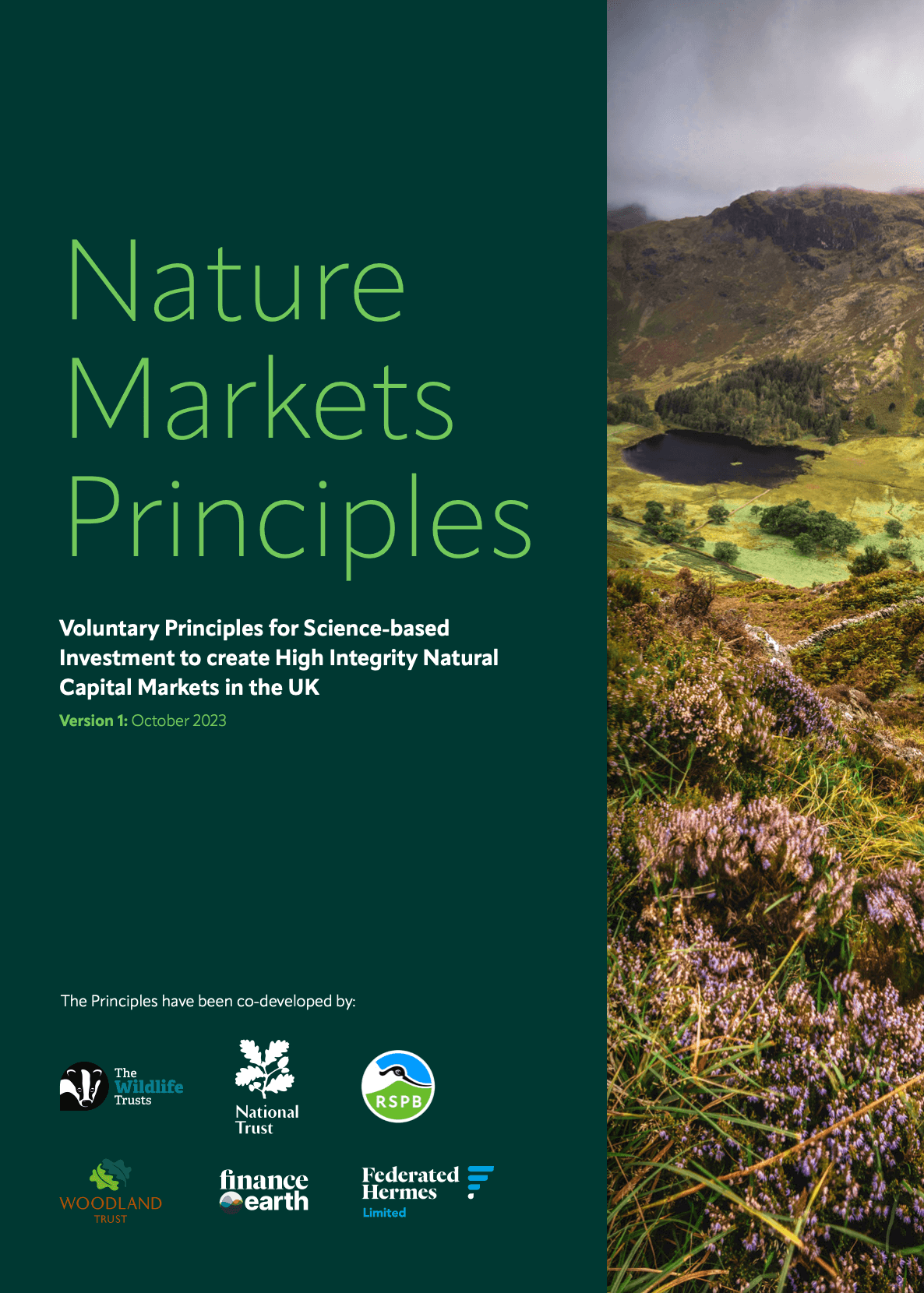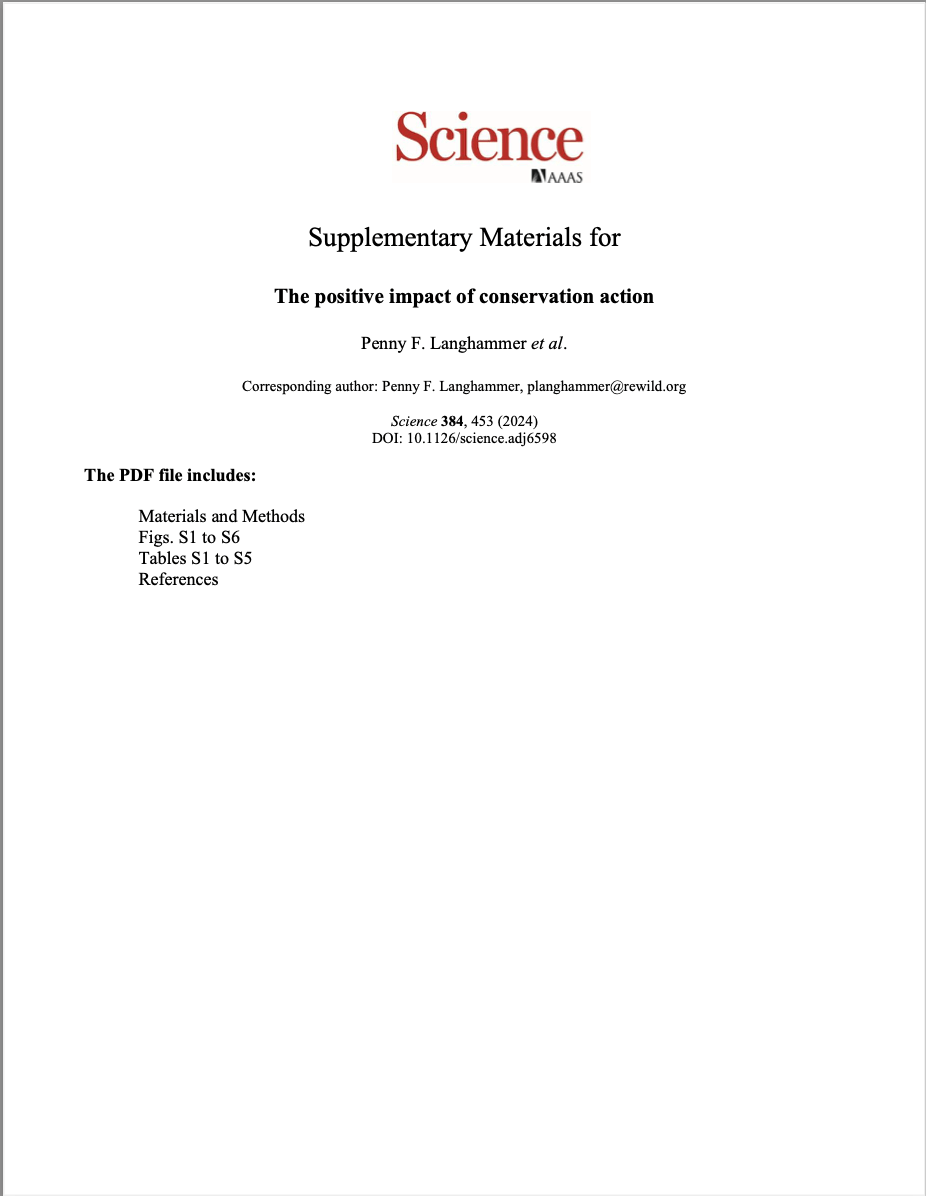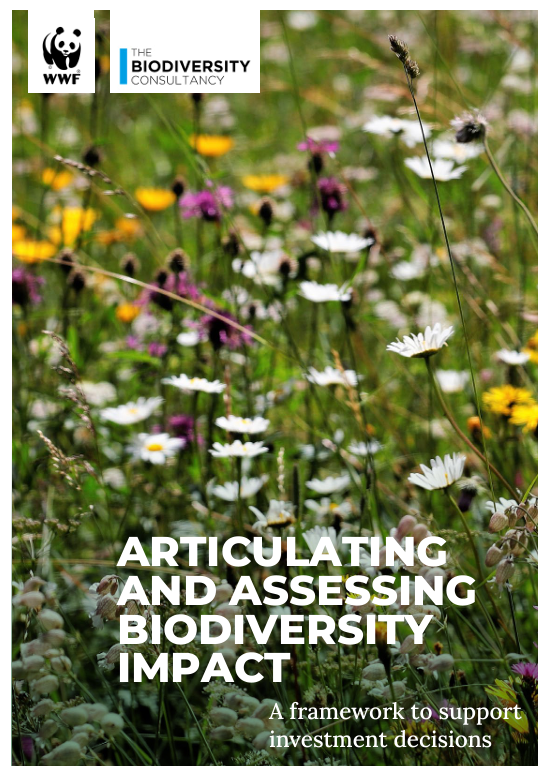Articulating and Assessing Biodiversity Impact
Detalles
The Biodiversity Impact Assessment Framework (referred to as BIAF in this report) is based on assessing three components of biodiversity: extent, condition and importance. It involves identifying the impact pathways that directly or indirectly link planned or current activities to one of the five factors causing biodiversity loss (change in sea and land use, direct exploitation, climate change, pollution and invasive species).
The report explains in more detail the BIAF methodology and some of the challenges involved, and summarises four case studies to illustrate its application. The pilot application of the BIAF (including the four case studies described in this document) shows that the method provides plausible and interpretable results to support decision-making.
Recursos relacionados

Nature Market Principles
This document sets out a set of science-based voluntary principles for investment to support high-integrity natural capital markets in the…

The positive impact of conservation action
The current biodiversity crisis calls for action to protect species from extinction and ecosystems from serious degradation. As a result,…
Navigating the green shift: overcoming challenges in climate and nature transition finance
While several central banks and financial supervisors have made significant progress in addressing climate and nature-related risks and opportunities, significant…


